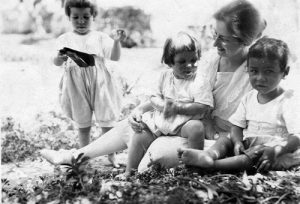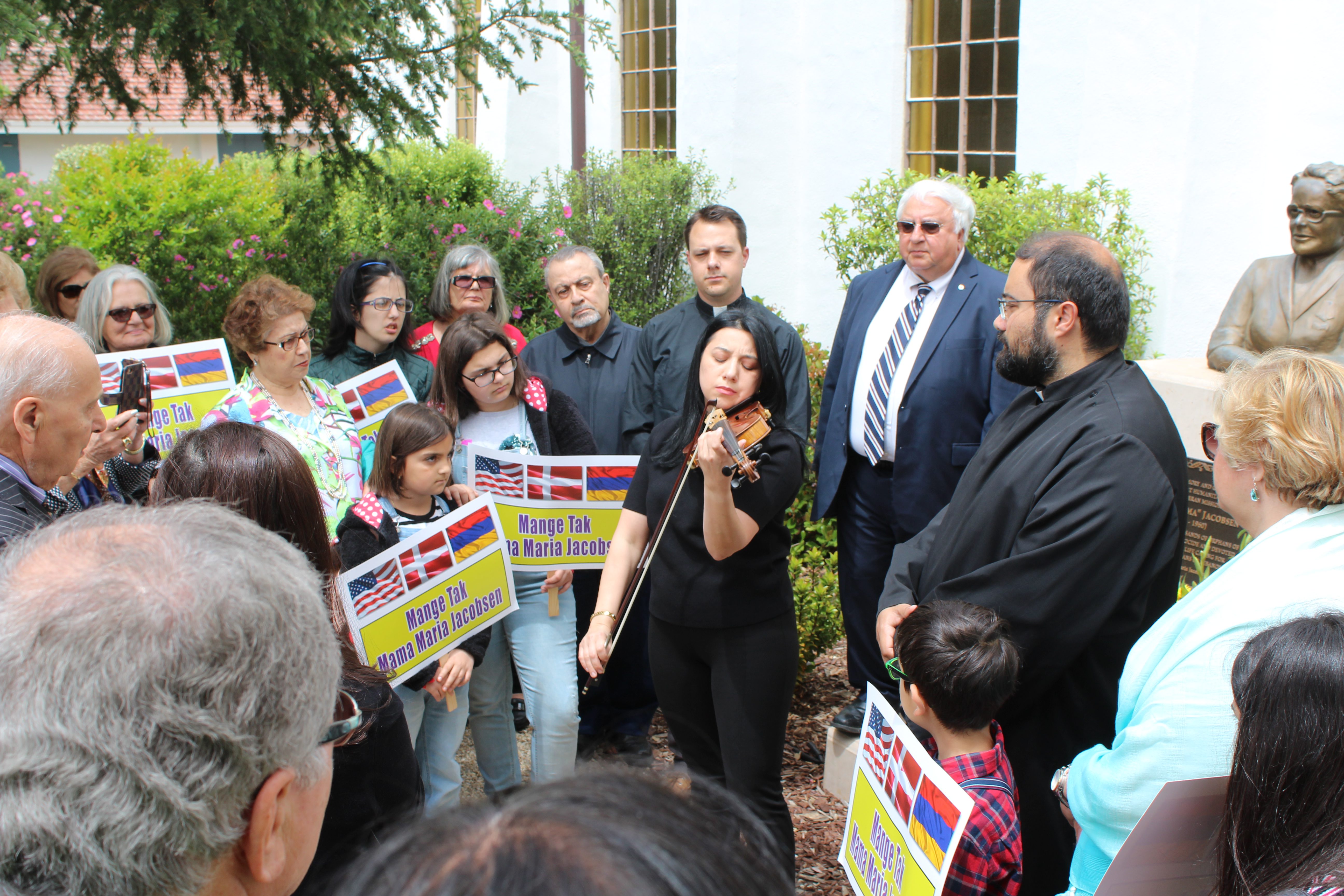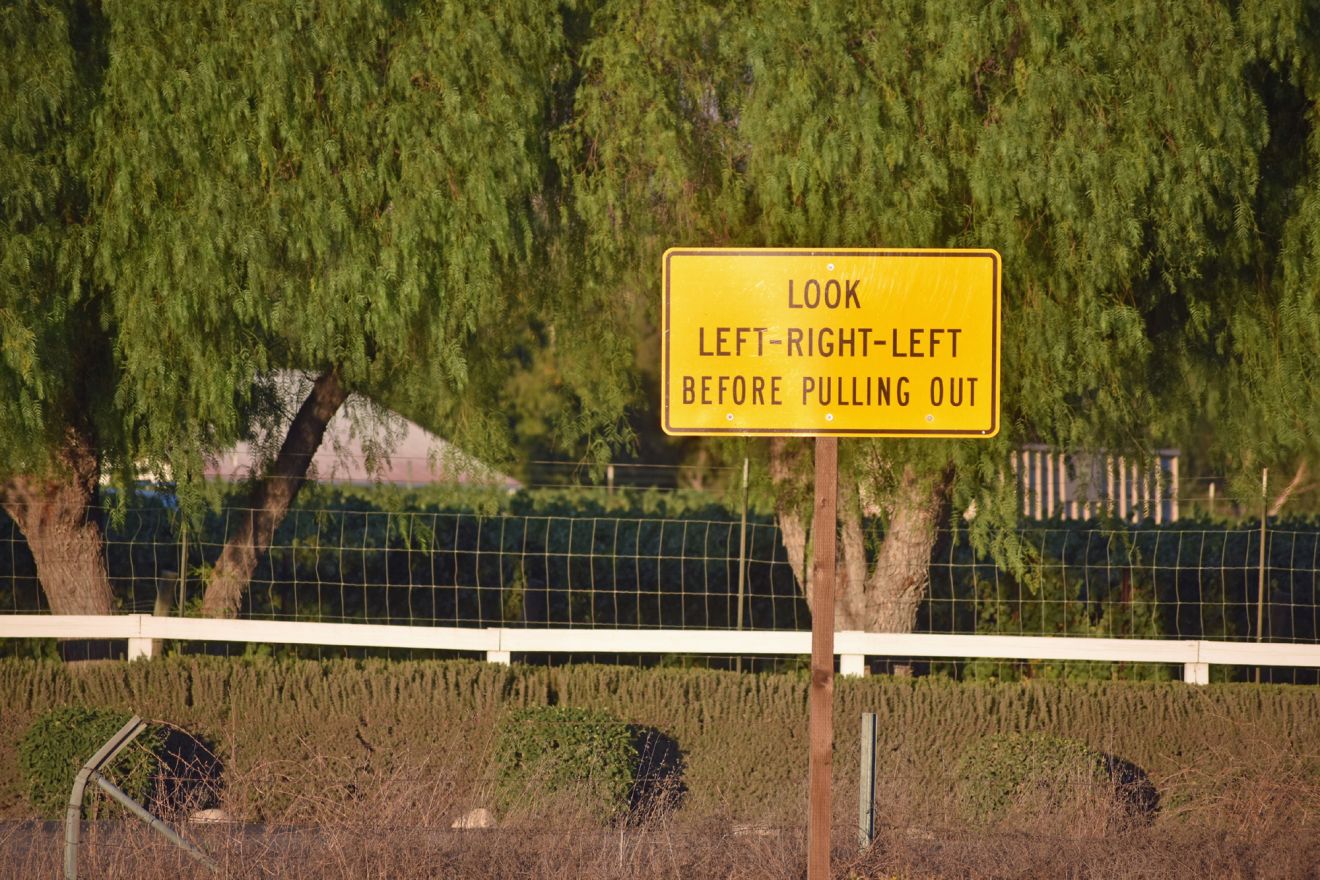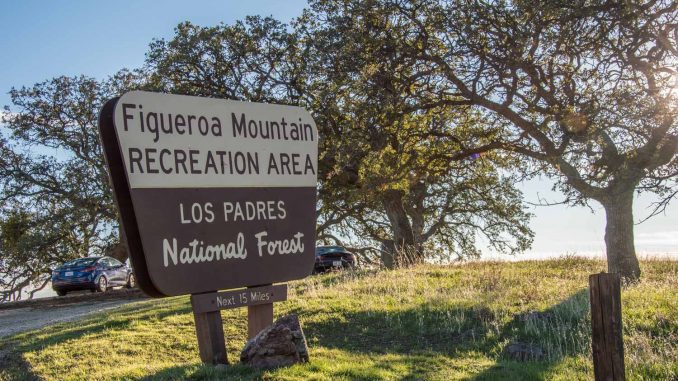By Raiza Giorgi
publisher@santaynezvalleystar.com
A well-dressed gentleman walked slowly and unsteadily, using a cane, but his voice was steady as he talked about his father escaping the Armenian genocide as the sole survivor of his family.
“At the time of the massacres, he was a teenager and often talked about his family that were murdered. He ended up being adopted by a Kurdish family and worked as a taxi driver in Lebanon,” said John Serorian of Los Angeles.
Serorian and his wife Jackie made the trek to Solvang on the afternoon of May 5 for the fourth annual celebration of Danish missionary Maria Jacobsen, who saved 3,600 Armenian children during the Armenian genocide that started in 1915 in the Ottoman Empire Republic of Turkey.

The Armenian orphans referred to Maria Jacobsen as “Mama Jacobsen.” Her “Birds’ Nest” refuge was more like a school than an orphanage.
“Maria got the calling from God to go and help the children that were orphaned, and she risked her life literally to save them. She could have been tortured, raped or killed, and yet she organized the movement of these children to Lebanon and then started an orphanage for them which we call ‘The Birds’ Nest’,” said Vahe Mekhitarian, one of the organizers of the event at Bethania Lutheran Church.
In 1950, Jacobsen became the first woman to be awarded the Golden Medal of the Danish Kingdom. In 1954 she was granted the Gold Medal of Honor by the Lebanese government. She died on April 6, 1960, and was buried in the courtyard of the Birds’ Nest, as stipulated in her will. In 2014, the Republic of Armenia issued a stamp commemorating her exceptional humanism.
A bust of Jacobsen has been displayed proudly outside of Bethania since 2016, when Armenian community members in Southern California approached the church. Mekhitarian said they originally thought of taking it to Denmark, but some community members wanted a location closer to home so they would be able to honor her more regularly.
“We happened to find Solvang, and this wonderful little Danish church graciously partnered with us so we can honor her memory and of our families we lost,” he added.
Some of those who visit, including some at the remembrance ceremony this month, are descendants of the children Jacobsen rescued. Her adopted granddaughter, Maria Karnikian, also attended.
“My father’s mother was orphaned from the genocide and she remembered eating lemons so they wouldn’t get sick. I grew up listening to her stories and learning how to cook from her,” said Nicole Odabachian Burnett of Solvang.
Burnett was so delighted to learn of the event at Bethania that she brought her daughter and her mother to celebrate.
Angela Amirian played her violin for the crowd of about 100 people who gathered around the bust. Amirian also played with Maestro Sir Vartan Melkonian at the first ceremony at Bethania. He was knighted by the queen of England for his contribution to the Royal Philharmonic Orchestra. Melkonian grew up in the Birds’ Nest after he was orphaned some years after the Armenian genocide, and he knew Jacobsen.
It is estimated that up to 1.5 million Armenians were murdered by drowning, starvation, torture and other means, according to history.com.
On April 24, 1915, the Armenian genocide began. That day, the Turkish government arrested and executed several hundred Armenian intellectuals.
Armenians were turned out of their homes and sent on death marches through the Mesopotamian desert without food or water. Frequently, the marchers were stripped naked and forced to walk under the scorching sun until they dropped dead. People who stopped to rest were shot, according to historical records.
“In Armenian culture we are taught about the genocide and what happened. The case still isn’t settled, and hopefully one day it will be and our ancestors can rest,” Serorian said.
According to a New York Times article published in April 2015 to commemorate the 100-year anniversary of the genocide, “Even now, Turkish textbooks describe the Armenians as traitors, call the Armenian genocide a lie, and say that the Ottoman Turks took “necessary measures” to counter Armenian separatism,” wrote Tim Arango.
The ceremony at Bethania was followed by a lunch of Armenian-style food and desserts as people mingled and talked about their connection with the Danish missionary who is a legend in Armenian culture.
To learn more about the Armenian genocide, log onto www.genocide-museum.am/eng/armenian_genocide.php.






